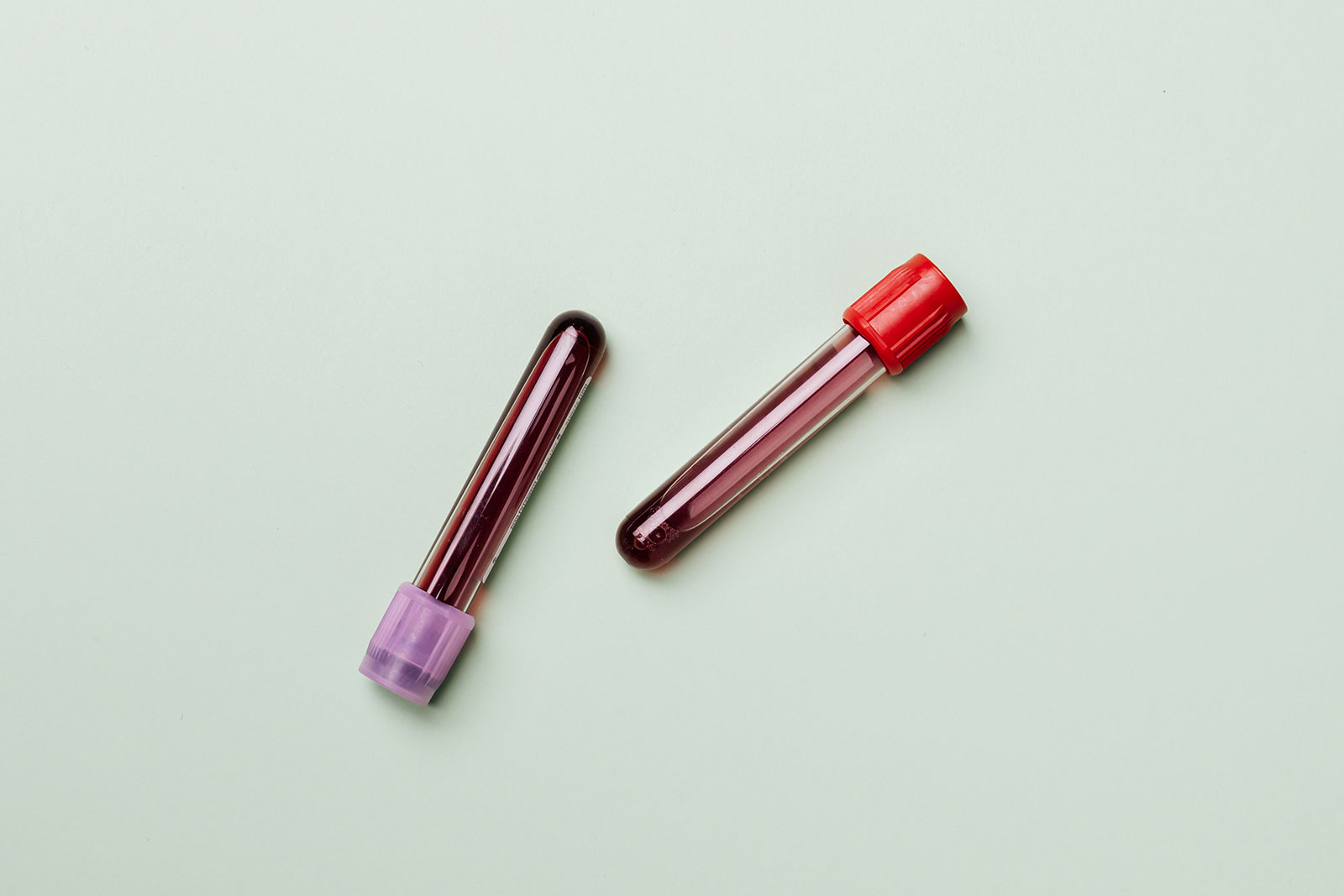It comes as no surprise that the more insidious cancers also tend to be deadlier—dependable screening guidelines are next to nil for early detection of cancers like mesothelioma or ovarian. Unlike breast cancer or melanoma, for example, the detectable symptoms of more discreet cancers tend to emerge in later stages. If a particular reason–like family history—isn’t behind getting tested or screened for a specific type of cancer, the disease may silently progress until appearing in late stages when treatment is limited and odds of survival are slim.
This is why some scientists, like those at Dana-Farber Cancer Institute, have shifted their attention to the development of multi-cancer blood tests for early detection. So far, the research bodes well for exposing numerous cancer types sooner and more easily.
In March, the largest clinical genomics program published results of an accuracy study for an innovative multi-cancer early detection blood test. Conclusions were promising: an overall positive detection of 99.3 percent was present. If further validation testing proves successful in clinical trials, the single blood draw may become a monumental development in early detection efforts of screening for some of the deadliest forms of cancer.
Researchers led by the Dana-Farber Cancer Institute conducted the study, which was funded by biotech healthcare company GRAIL, Inc. and published in the journal Annals of Oncology. The team performed the blood test on nearly 7,000 participants who were split into two divisions: 2,482 people with more than 50 varying cancer types (including breast, colorectal, bladder, ovarian, lung, lymphoid leukemia and pancreatic cancer) and 4,207 people with no cancer types.
Next-generation sequencing—a rapid and accurate form of genome analysis ushered in with the completion of the 2003 Human Genome Project—was used to analyze the pattern arrangement of methyl groups on cancer cell DNA. A methyl group is a small molecule – consisting of one carbon atom and three hydrogen atoms – that is added or removed from proteins or nucleic acids and may change the way the molecule behaves in the body. Thus, methylation pattern is extremely telling when it comes to cancer cells, distinguishing “off” cells from healthy ones. When cancer cells die, their DNA with the methyl groups empties into the blood. The possibility of this blood being analyzed in order to detect cancer in early stages has now been introduced with this new test.
When the participants’ blood samples of both normal and cancerous cells were tested, results showed that “the sensitivity of the [test] for 12 cancers that account for nearly two-thirds of U.S. cancer deaths was 67.3 percent.” This means the test positively located cancer accurately two-thirds of the time. Additionally, the stage I-III sensitivity of all 50 cancer types was 43.9 percent. The false positive rate was less than one percent. That is not all—the test was also accurate in detecting the organ or tissue of origin in more than 90 percent of cases.
The test ultimately shows that this approach can detect a large range of cancers at any stage with high accuracy while also pinpointing critical information about location for diagnosis and treatment purposes.
In a news release, Dana-Farber’s Geoffrey Oxnard, M.D., who co-led the study alongside the Mayo Clinic’s Minetta Liu, M.D., commented on the significance of the high accuracy of the test that the study found, saying, “The results of this study suggest that such assays could be a feasible way of screening people for a wide variety of cancer.” The test ultimately shows that this approach can detect a large range of cancers at any stage with high accuracy while also pinpointing critical information about location for diagnosis and treatment purposes.
Early detection of cancer has proven to greatly increase the success of treatment while dramatically improving survival rates. By the time symptoms appear in deadly cancer types, like lung or prostate cancer, the disease may be in late stages and resistant to intervention. According to the American Cancer Society, the 5-year, cancer-specific survival rate for nearly all types of cancer is substantially lower when disease is caught in advanced stages. Screening can aid in some detection of individual cancer types such as breast cancer or cervical cancer, but others like mesothelioma or ovarian cancer do not have reliable, guideline-recommended screenings available and are often caught much too late. Early, multi-detection tests with low false positives used as a complement to standard screenings can limit patient anxiety and put an end to needless diagnostic workups while offering accurate and effective treatment intervention in a more unified manner.
GRAIL funded the study precisely as part of its mission to detect cancer early. Co-founder Alex Aravanis, M.D. applauded the successful early results of the blood test’s accuracy in a press release. “At GRAIL, we believe that multi-cancer early detection has the potential to significantly reduce cancer mortality,” he says. “This is a seminal moment in the field of cancer detection.” GRAIL hopes this test will be a pioneer example of applied technology from the Human Genome Project data making its way to the broader population, as well as serve as a stepping stone away from current practices in which a single screening detects only one cancer type. Instead, the goal is to develop a screening that can detect many types at once. Researchers also believe using a blood test as a complement to screening will allow detection of deadlier cancer types that don’t necessarily have screening capabilities at the moment, such as pancreatic and ovarian cancer.
Clinical validation trials funded through GRAIL’s PATHFINDER study and led by Dana-Farber were underway in February until COVID-19 put testing on hold. Once testing resumes, researchers will continue gathering data on intended use populations to share with healthcare providers and enrolled patients, and there is confidence that the standard of blood-based diagnostics will evolve in the next few years to greatly aid in early detection of many cancer types.
GRAIL’s test is not yet available for use outside of this investigational study. It is not meant to replace the cancer screening tests healthcare providers may recommend. For more information, visit www.grail.com/clinical-studies/pathfinder-study.







